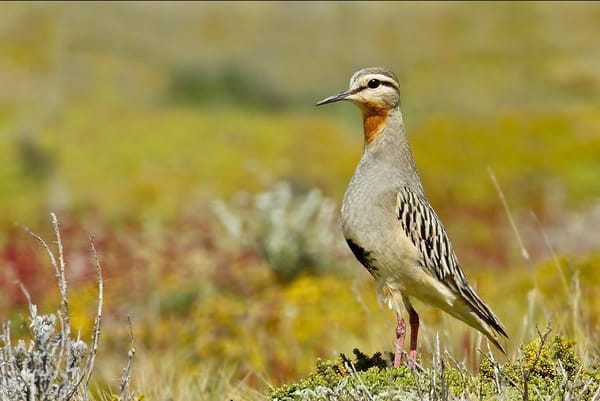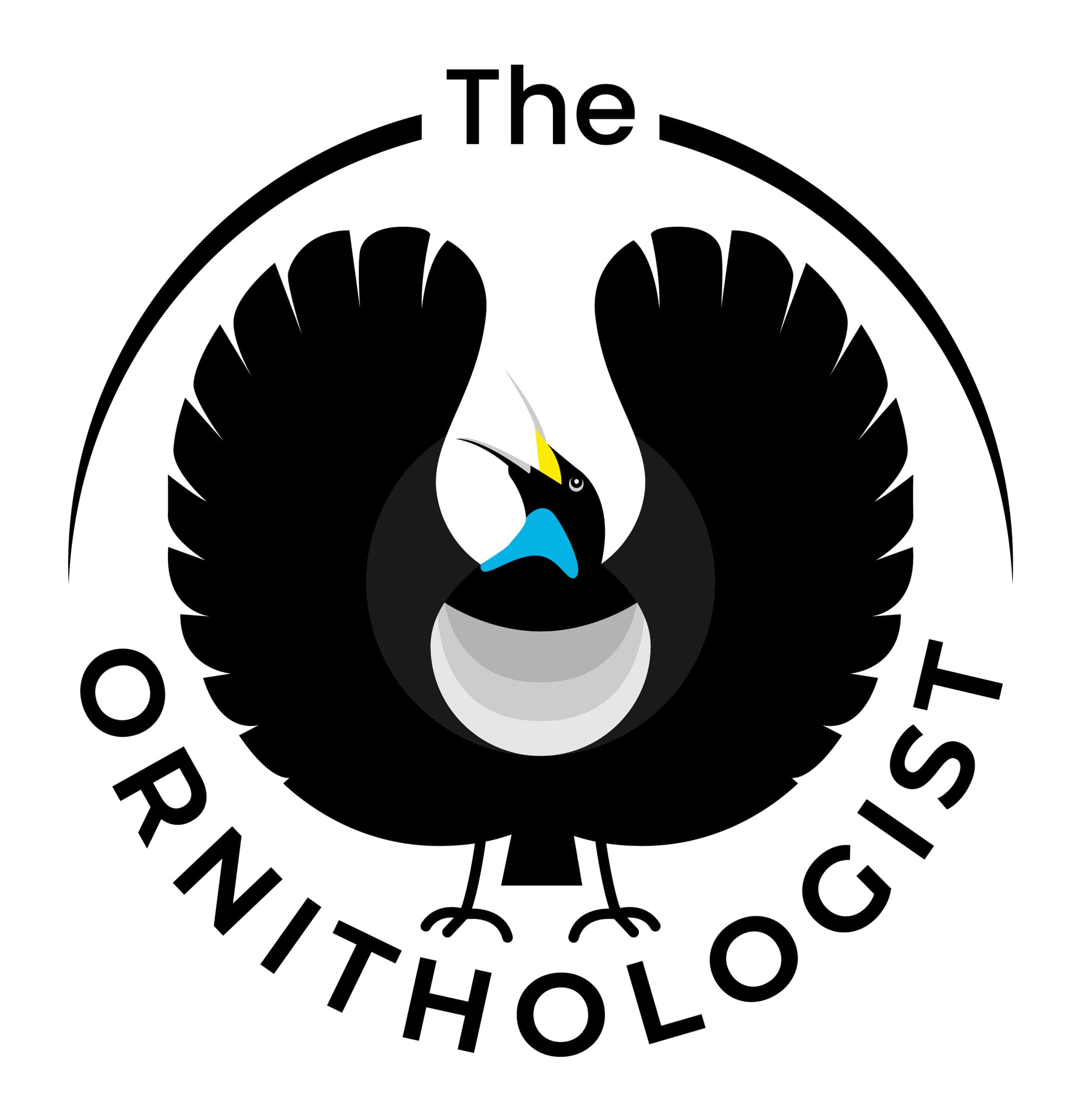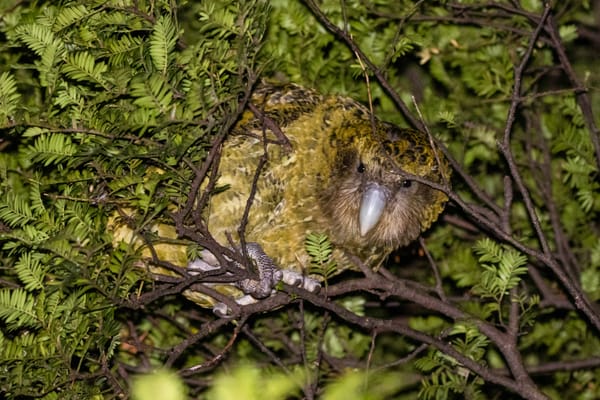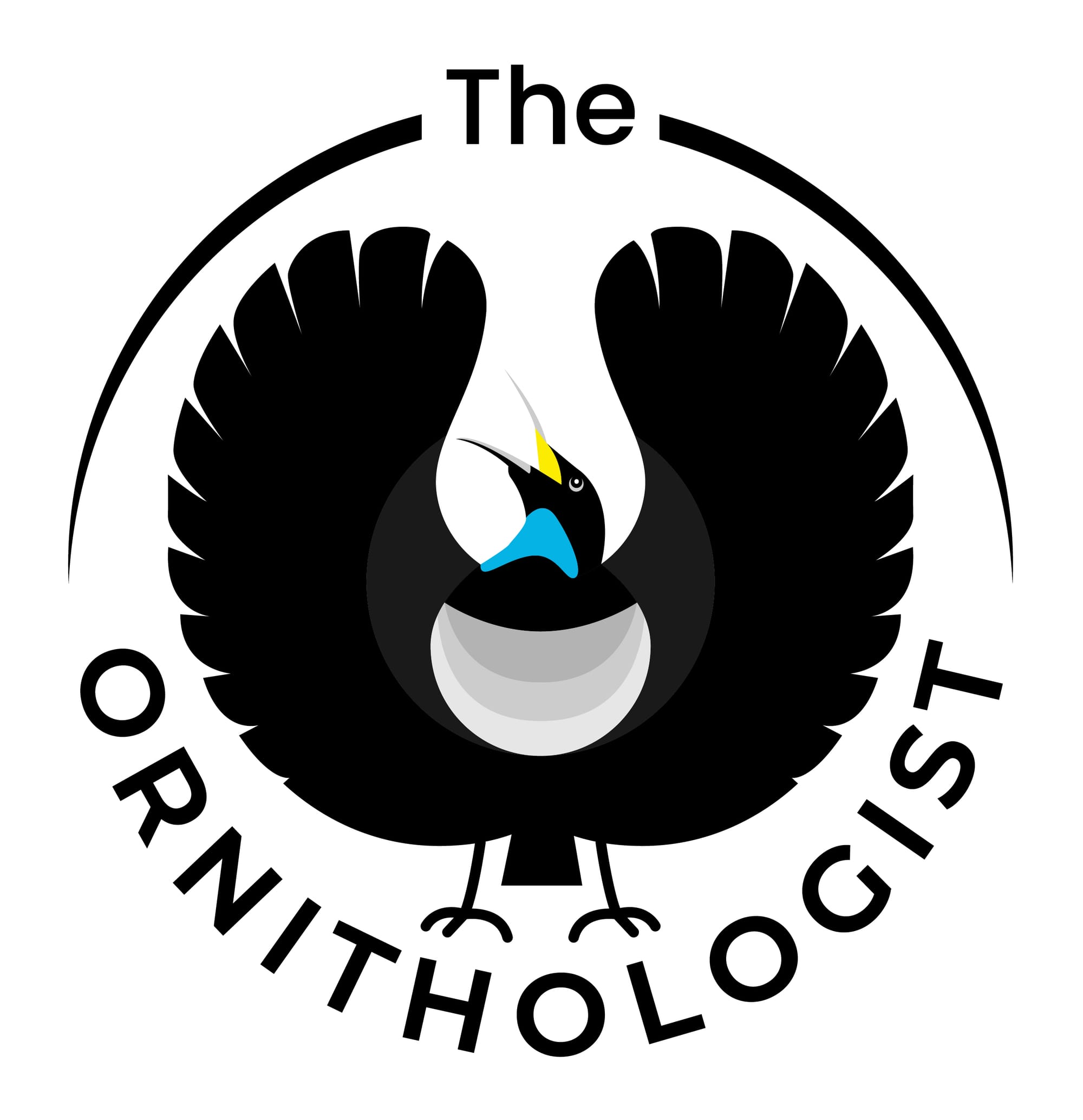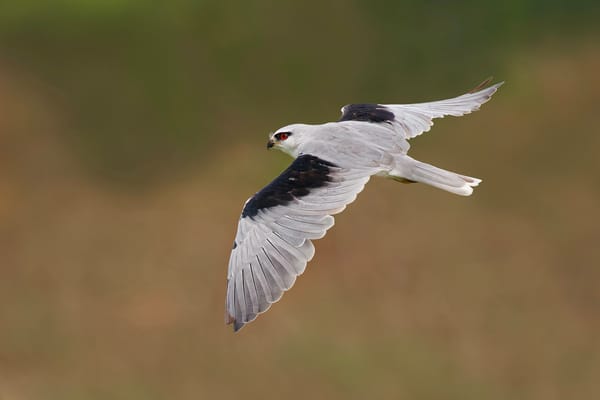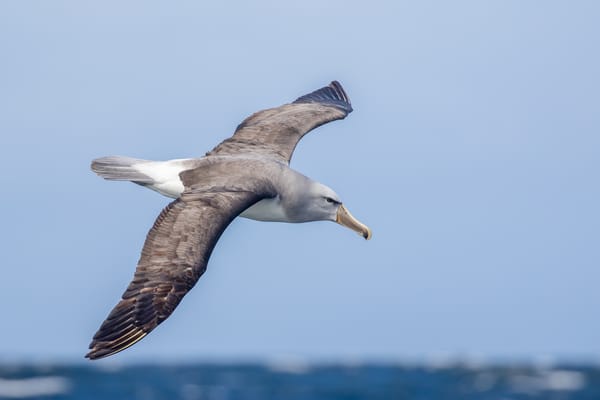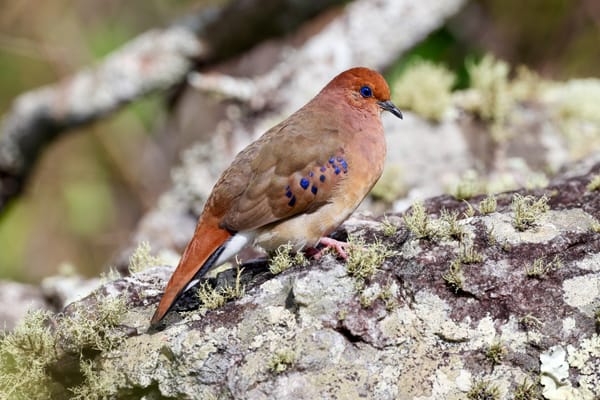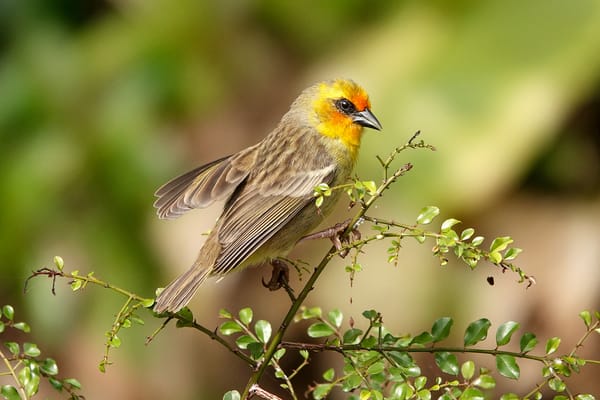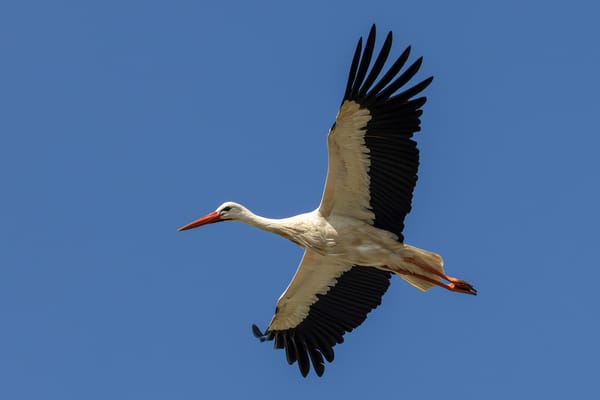We understand that running into a paywall can be frustrating – especially when you’re genuinely curious about the story behind a headline.
But here’s why we do it.
The Ornithologist is a completely independent publication. We have no advertisers, no corporate backers, and no hidden agenda. Every article we publish – from deep dives into conservation breakthroughs to the latest in bird science – is carefully crafted to be accurate, insightful, and accessible.
This takes time, research, and collaboration with photographers, scientists, and editors. To sustain this work and maintain its quality, we rely on memberships.
For just the price of a cup of coffee each month, readers get full access to the entire magazine – past and present. That includes detailed fieldwork features, research highlights, editorials, and news you won’t find anywhere else, all ad-free and beautifully presented.
If you’re not ready to commit, that’s okay. You can always start with a free membership. It lets you explore selected articles and stay informed about what we’re doing. And if you do choose to support us, you’ll be helping to build a growing platform for bird science and conservation communication.
We’re here to share knowledge – not to hide it. But we also want to do it well, and sustainably.
Thank you for being curious.
Unlock a Month for the Price of a Coffee
